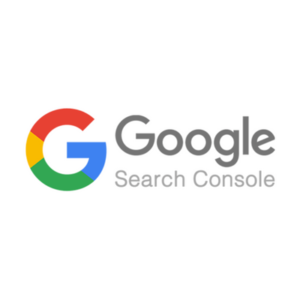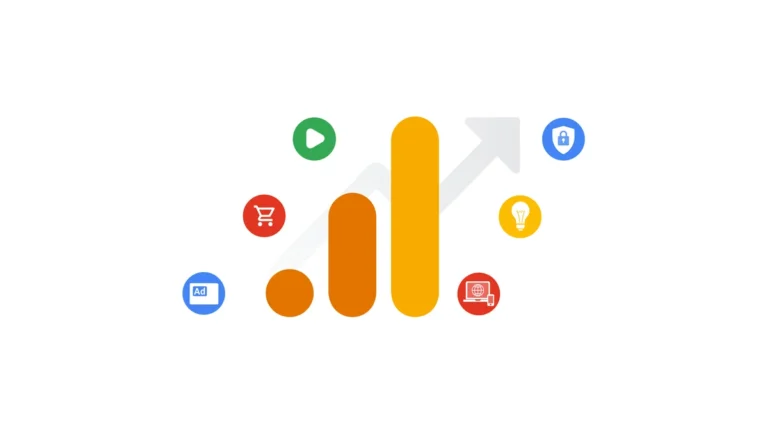
Key Strategies that You Can Implement to Deal With Unexpected SEO Ranking Drops Effectively
One fine day, while you are working hard and expecting something good or best to come about about your website’s search engine optimization (SEO), to your dismay, you unexpectedly find that your website’s search rankings have started declining! There is simply nothing worse than confronting such drastic results for an SEO specialist and the website, expecting it to gain visibility and popularity in the search engine ranking pages of Google. A stellar performance of a website in search results pages (SERPs) is truly an experience that is beyond comparison for a website owner, but it is off-putting when the performance is below the mark. After all, it is too hard to afford that after working tirelessly for a couple of months where you put in your best efforts, and dreaming of seeing visitors on the website, suddenly your hope is dashed. You may wonder if all the progress went in vain and you have to start over afresh. Thankfully, rest assured that the answer is no! Drops in ranking, followed by recoveries, are common. Initially, you may panic, but this is manageable, ensuring that there is nothing to feel down in the dumps. By gaining proper or substantial knowledge, you can address the problems and revive rankings to your satisfaction. Let’s learn why rankings decline and solutions. First – determine what triggered the drop Before you embark on raising your website’s rankings, track rankings daily to check whether they increase or decrease. However, make sure that you carry on the process daily, as Google makes over three thousand changes to its algorithms annually. Considering the changes daily, it is equal to approx. eight or ten algorithms per day. A wise idea is to consider using Google Search Console, which acts as your keystone to gauge traffic volumes and rankings. It provides visibility into index status, errors, and crawling frequency that effectively assists you in making a level-headed decision or revising the strategy as a whole. Also reveals: Google’s notifications or other specific messages Internal/external links Site errors Crawling rate by Googlebot Pertinent keyword searches Website Tracking Code Issues At times, inaccurate data causes the traffic drop, likely due to a flawed website tracking code. Most likely, changes made in your website code or analytical plugins are considered to be the salient factors for bringing about an issue in the tracking code, so make sure that you validate it first. Review for Penalties Sites are rarely penalized, but knowing the possibility offers reassurance. Unless you violated guidelines like buying links, there is nothing to be worried about in terms of penalties. However, it is crucial to know that over 50 reasons exist for penalties. Identify and fix problems. Google’s algorithm changes frequently, implying that your site’s status can shift daily. What is penalized one day may be reinstated the next day? What is a Google Penalty? A Google penalty refers to the removal of all or part of a website from Google’s index, applied automatically by Google’s webspam filtering algorithms, for example, Penguin, or manually by reviewers for policy violations. You can determine if your website has a Google penalty by simply checking the Google Search Console, Google Analytics, brand searches, and even more. Penalty Relief Methods Various effective features can help you learn whether your website will or will not be penalized. Some of these features include the fact that your website should have intact web links, original and relevant content, and reasonable traffic patterns. You can consider a variety of other minute things, for example, taking special care regarding migration, website redesigning, etc. Website Redesigns/Migrations Redesigning your website or migrating to some other website is a wise idea that you can implement without a second thought. However, if you take note of an unprecedented decrease in your website traffic, make sure that you have not de-optimized or made some critical changes to the website. A website with fast loading is crucial today and resonates with every webmaster, as it contributes significantly to enhancing the ranking or visibility of a website on mobile. In any case, if it costs you critically, consider cutting down on the website’s loading time. When traffic drops after a transition, inspect for broken elements like: Architecture changes Lost internal links Launch obstacles Redirect failures Broken links The best step you can take in this regard is to join forces with the experts of a preeminent SEO optimisation company Toronto to get on top of the issues once and for all. Content Quality Another critical reason that accounts for a diminution in a website’s ranking is its low-quality content that is not entertained by Google or other major search engines. Incidentally, Google’s 2021 Panda algorithm, specifically designed and implemented to check the content quality of a website, was one of a kind and known for extremely rigorous checking. Simply put, if a website has low-quality content, its ranking will be below the mark as per the Panda algorithm. It is also a common disbelief prevailing among the masses that longer content is rather likely to be discounted by readers. However, the reality is that longer content is more attractive and gets more engagement and links, which lifts rankings. Balance, depth, and quality in general are considered good. Simply put, quality content featuring 1000-1200 is considered good to elevate a website’s rankings. Regaining lost rankings requires vigilance across multiple factors. The online arena demands thoughtful adherence to ethical search practices for sustainable success. Lengthy content acts as a catalyst to enhance the visibility or ranking of a website, from the standpoint of the leading SEO experts in the industry. However, it is crucial to underline another key fact: there is generally no specific rule for the length of content. Content that is expressive in lesser worlds




